Omicron may be close to peaking in the U.S., but there's lots of death to come, models predict

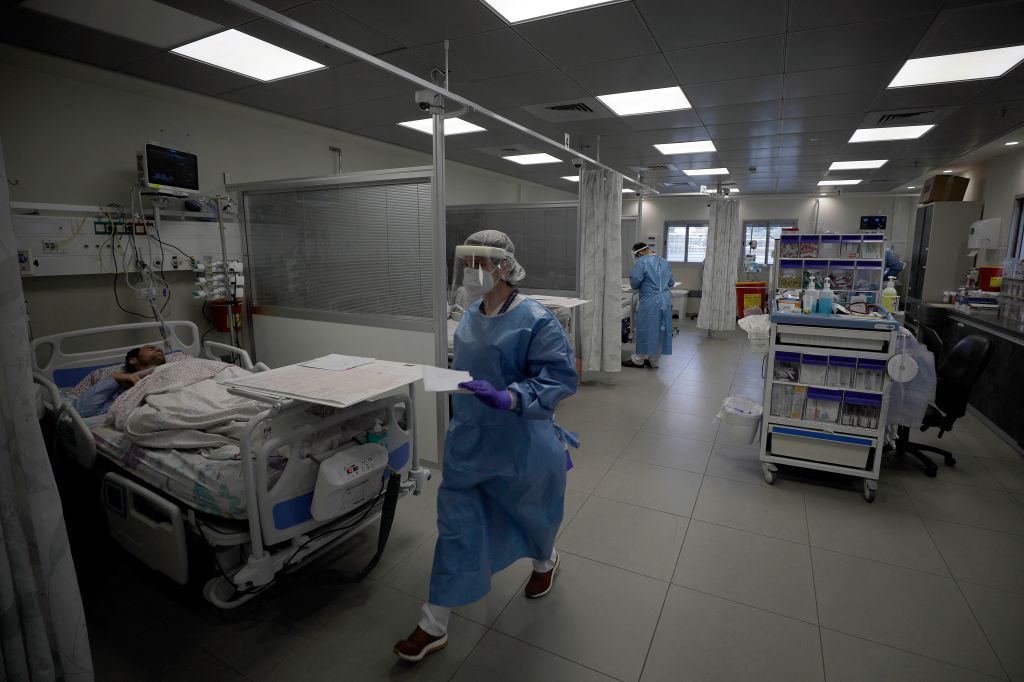
"The latest Omicron developments continue to be encouraging," David Leonhardt writes in Wednesday's New York Times. "New COVID-19 cases are plummeting in a growing list of places. The percentage of cases causing severe illness is much lower than it was with the Delta variant. And vaccines — particularly after a booster shot — remain extremely effective in preventing hospitalization and death."
Still, the math suggests a lot more hospitalizations and deaths before Omicron is spent.
A combination of various models shared with the White House expects that 1.5 million Americans will be hospitalized and 191,000 will die from mid-December through mid-March, The Associated Press reports. "Taking into account the uncertainty in the models, U.S. deaths during the omicron wave could range from 58,000 to 305,000."
The Week
Escape your echo chamber. Get the facts behind the news, plus analysis from multiple perspectives.

Sign up for The Week's Free Newsletters
From our morning news briefing to a weekly Good News Newsletter, get the best of The Week delivered directly to your inbox.
From our morning news briefing to a weekly Good News Newsletter, get the best of The Week delivered directly to your inbox.
Omicron cases are expected to peak by early February, but as with floods, the real question for Omicron isn't "where's the high-water mark" bur rather, "When will the water recede?" Johns Hopkins University's Gabe Kelen tells The Washington Post. "We're at such high numbers that even as we're coming down, we're still overwhelmed."
"A lot of people are still going to die because of how transmissible Omicron has been," University of South Florida epidemiologist Jason Salemi tells AP. "It unfortunately is going to get worse before it gets better."
Yes, "the COVID situation in the U.S. remains fairly grim, with overwhelmed hospitals and nearly 2,000 deaths a day," and "it's likely to remain grim into early February," Leonhardt concedes. "The available evidence suggests that Omicron is less threatening to a vaccinated person than a normal flu," but "small individual risks have added up to large societal damage."
Still, "Omicron appears to be in retreat, even if the official national data doesn't yet reflect that reality," Leonhardt adds. Combine that with the variant's decreased severity and "the U.S. may be only a few weeks away from the most encouraging COVID situation since early last summer, before the Delta variant emerged."
A free daily email with the biggest news stories of the day – and the best features from TheWeek.com
The U.S. faces "a few more tough weeks," but at some point "the virus moves from the pandemic stage to endemic stage" and some degree of normality, Justin Lessler, an epidemiology professor at the University of North Carolina at Chapel Hill, tells the Post. "It's possible, and I sincerely hope that after Omicron we're in that zone. That's completely plausible that that's where we'll be, but we can't be sure of that."
Peter has worked as a news and culture writer and editor at The Week since the site's launch in 2008. He covers politics, world affairs, religion and cultural currents. His journalism career began as a copy editor at a financial newswire and has included editorial positions at The New York Times Magazine, Facts on File, and Oregon State University.
-
 Into the Woods: a ‘hypnotic’ production
Into the Woods: a ‘hypnotic’ productionThe Week Recommends Jordan Fein’s revival of the much-loved Stephen Sondheim musical is ‘sharp, propulsive and often very funny’
-
 ‘Let 2026 be a year of reckoning’
‘Let 2026 be a year of reckoning’Instant Opinion Opinion, comment and editorials of the day
-
 Why is Iran facing its biggest protests in years?
Why is Iran facing its biggest protests in years?TODAY’S BIG QUESTION Iranians are taking to the streets as a growing movement of civic unrest threatens a fragile stability
-
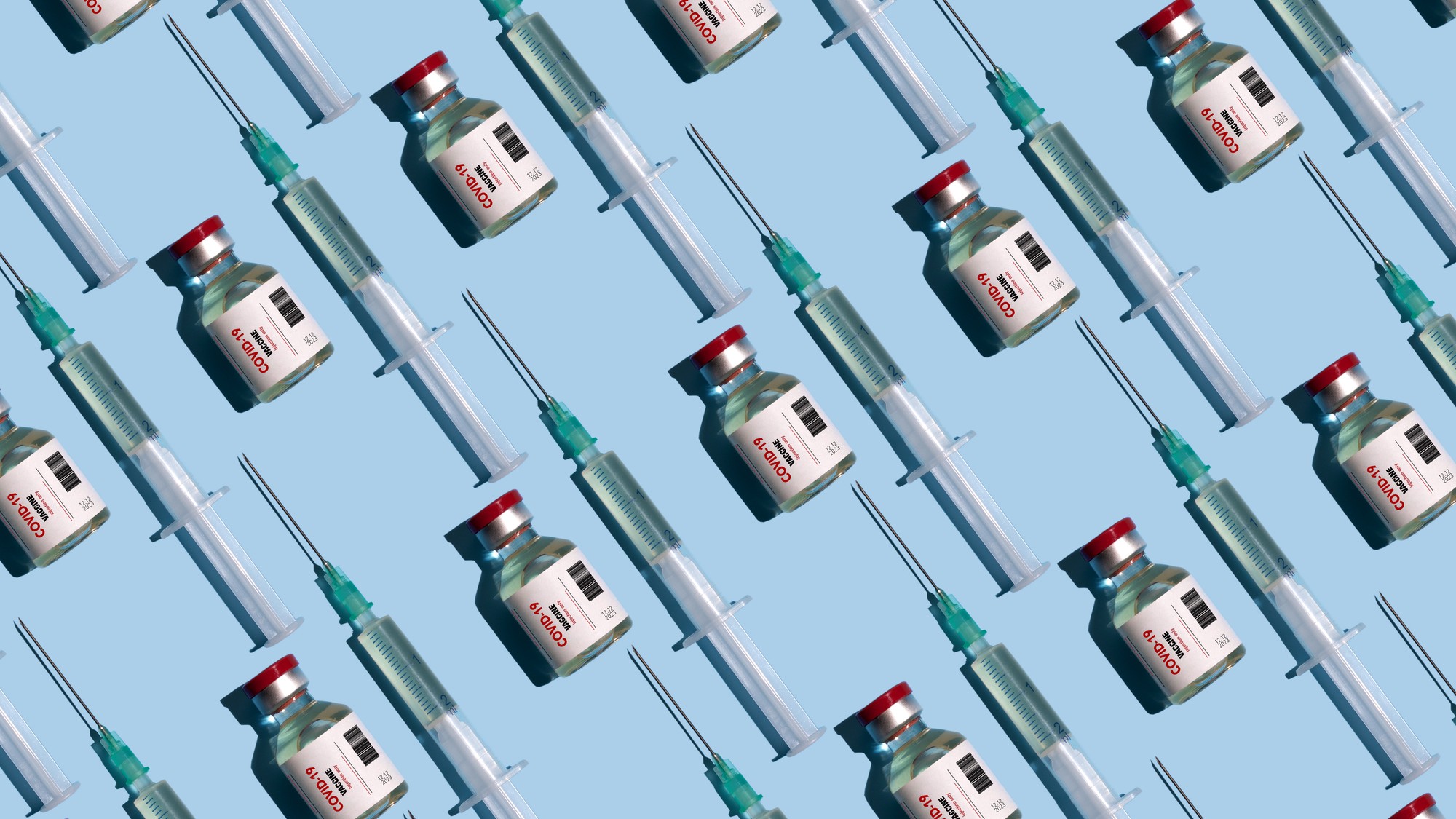 Covid-19 mRNA vaccines could help fight cancer
Covid-19 mRNA vaccines could help fight cancerUnder the radar They boost the immune system
-
 FDA OKs generic abortion pill, riling the right
FDA OKs generic abortion pill, riling the rightSpeed Read The drug in question is a generic version of mifepristone, used to carry out two-thirds of US abortions
-
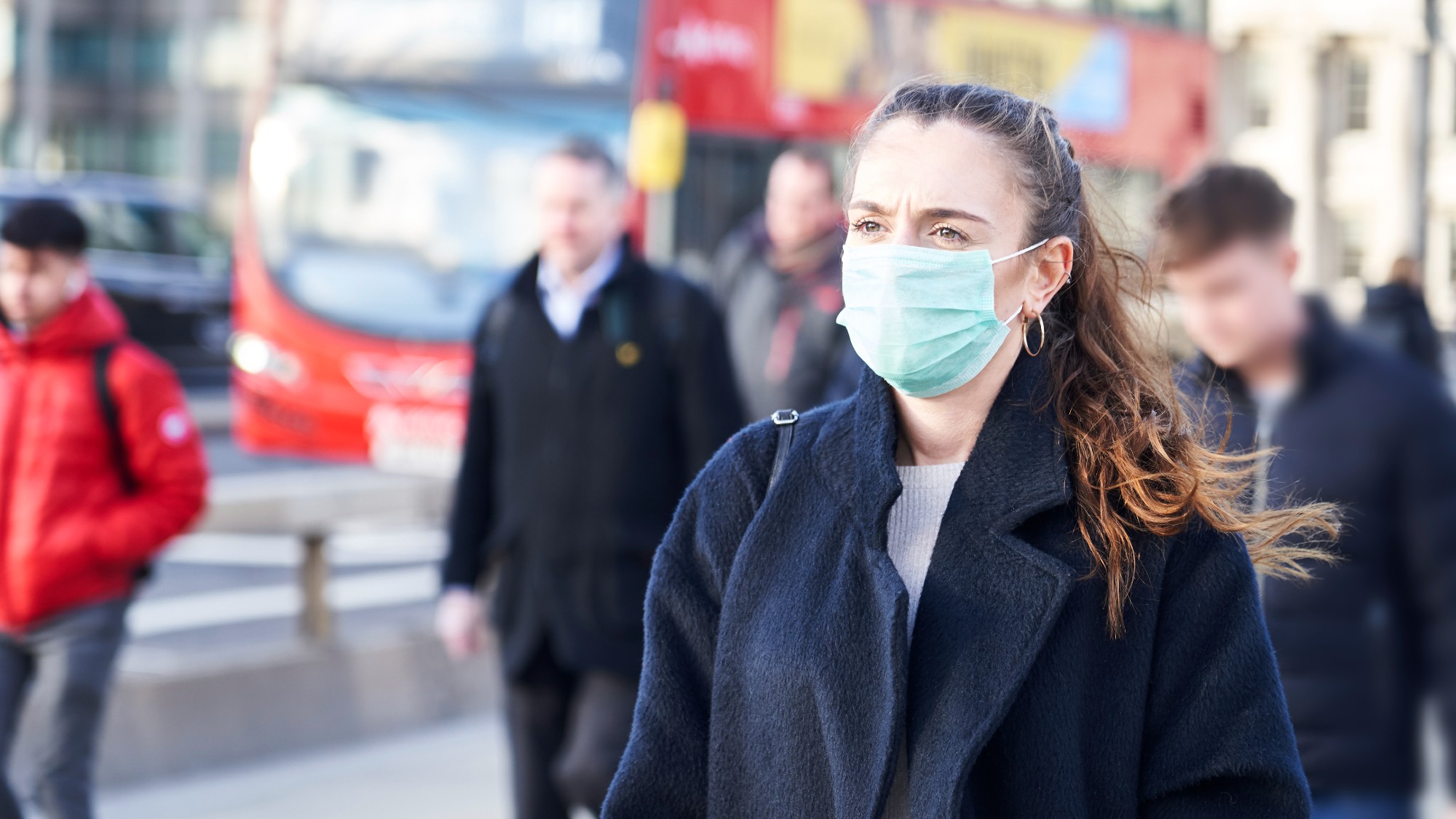 The new Stratus Covid strain – and why it’s on the rise
The new Stratus Covid strain – and why it’s on the riseThe Explainer ‘No evidence’ new variant is more dangerous or that vaccines won’t work against it, say UK health experts
-
 RFK Jr. vaccine panel advises restricting MMRV shot
RFK Jr. vaccine panel advises restricting MMRV shotSpeed Read The committee voted to restrict access to a childhood vaccine against chickenpox
-
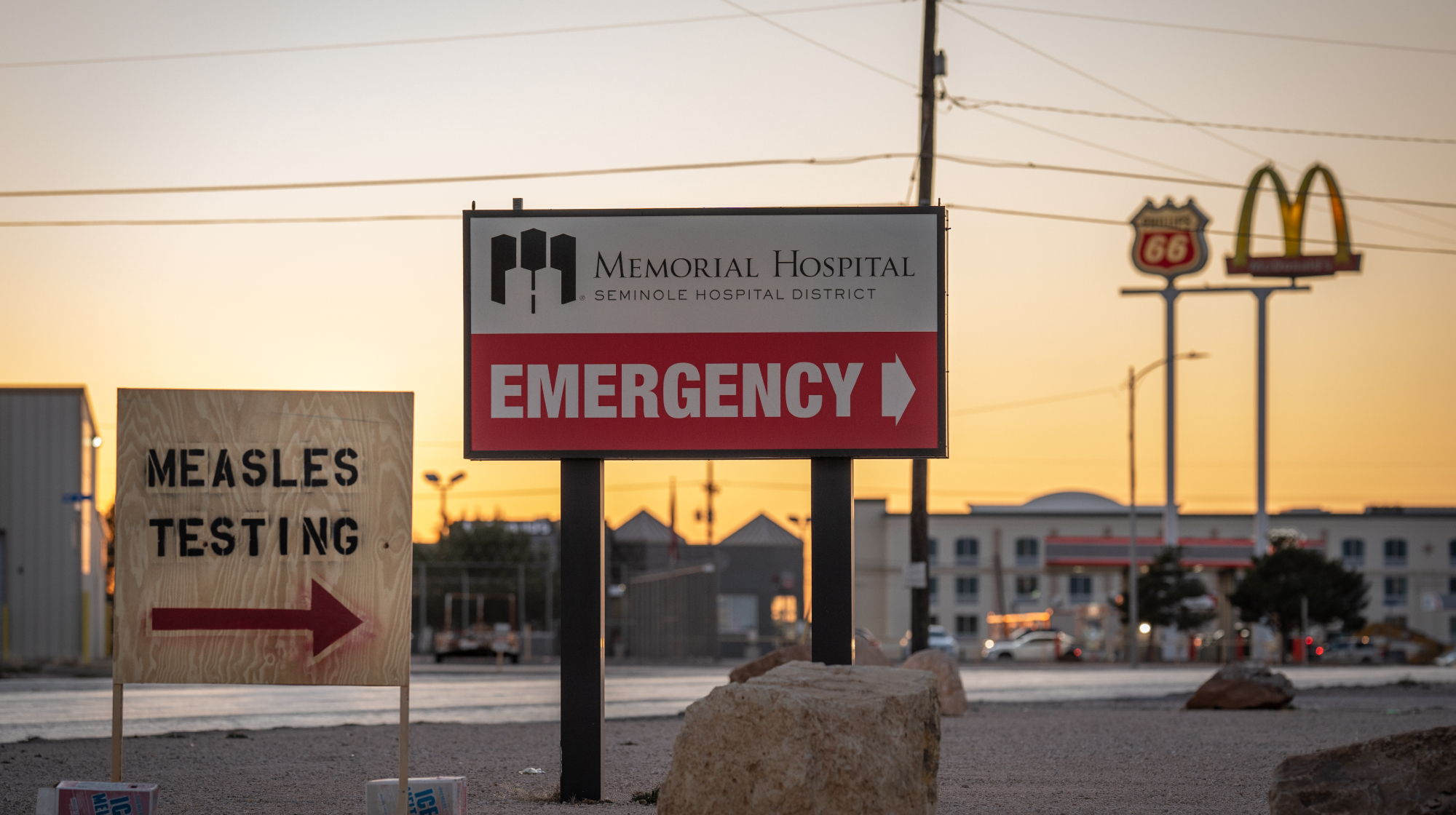 Texas declares end to measles outbreak
Texas declares end to measles outbreakSpeed Read The vaccine-preventable disease is still spreading in neighboring states, Mexico and Canada
-
 RFK Jr. shuts down mRNA vaccine funding at agency
RFK Jr. shuts down mRNA vaccine funding at agencySpeed Read The decision canceled or modified 22 projects, primarily for work on vaccines and therapeutics for respiratory viruses
-
 Measles cases surge to 33-year high
Measles cases surge to 33-year highSpeed Read The infection was declared eliminated from the US in 2000 but has seen a resurgence amid vaccine hesitancy
-
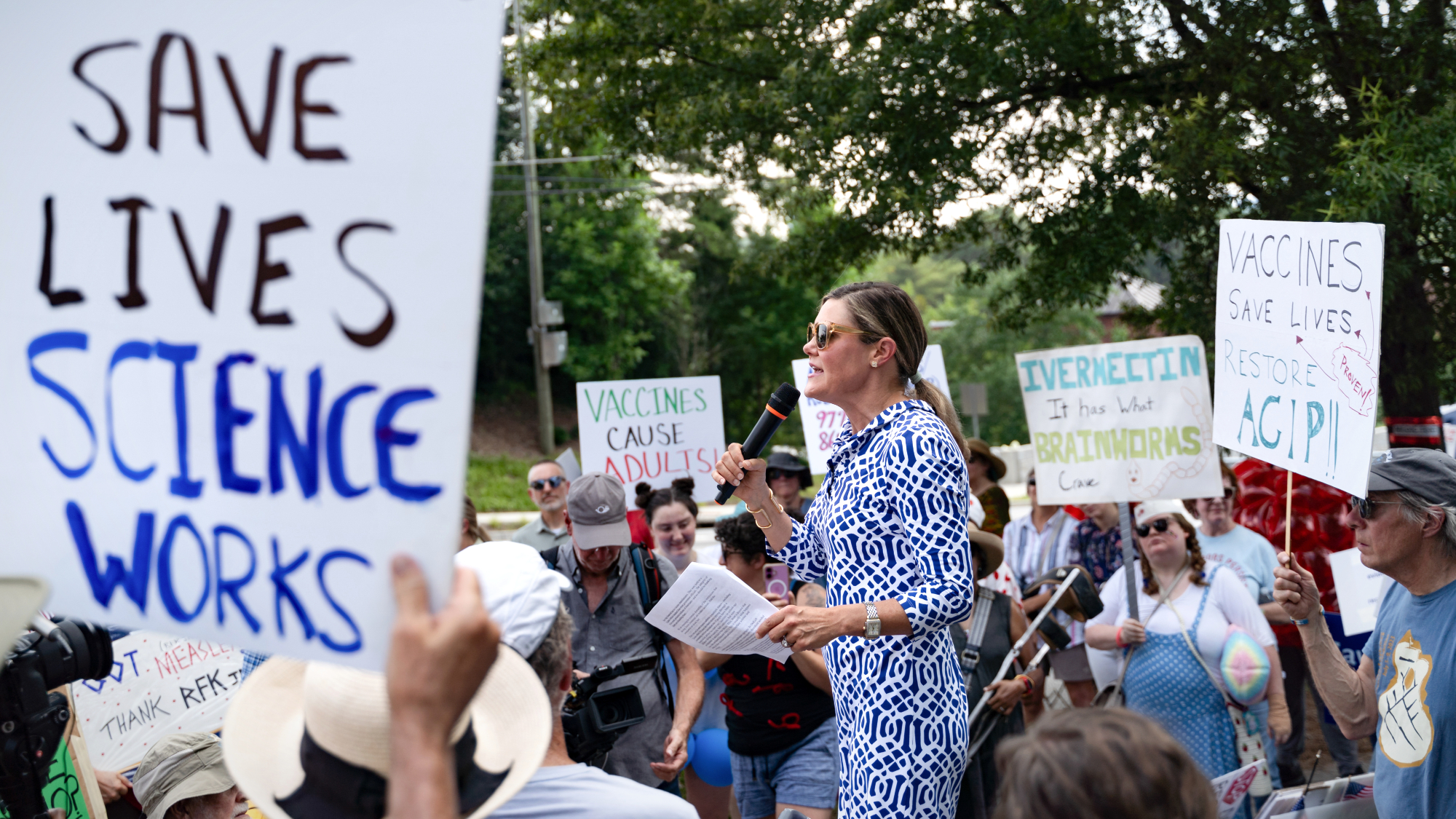 Kennedy's vaccine panel signals skepticism, change
Kennedy's vaccine panel signals skepticism, changeSpeed Read RFK Jr.'s new vaccine advisory board intends to make changes to the decades-old US immunization system
